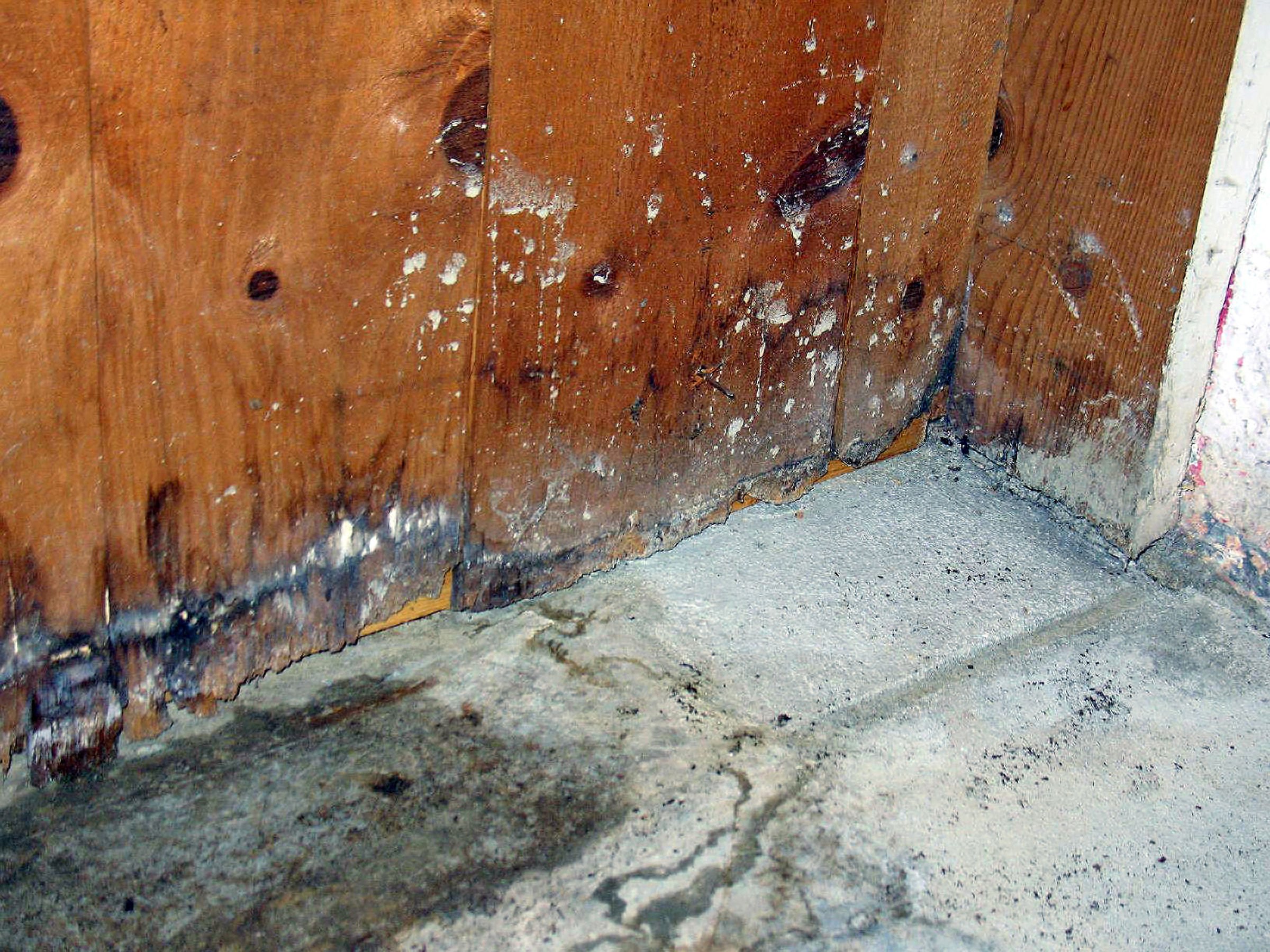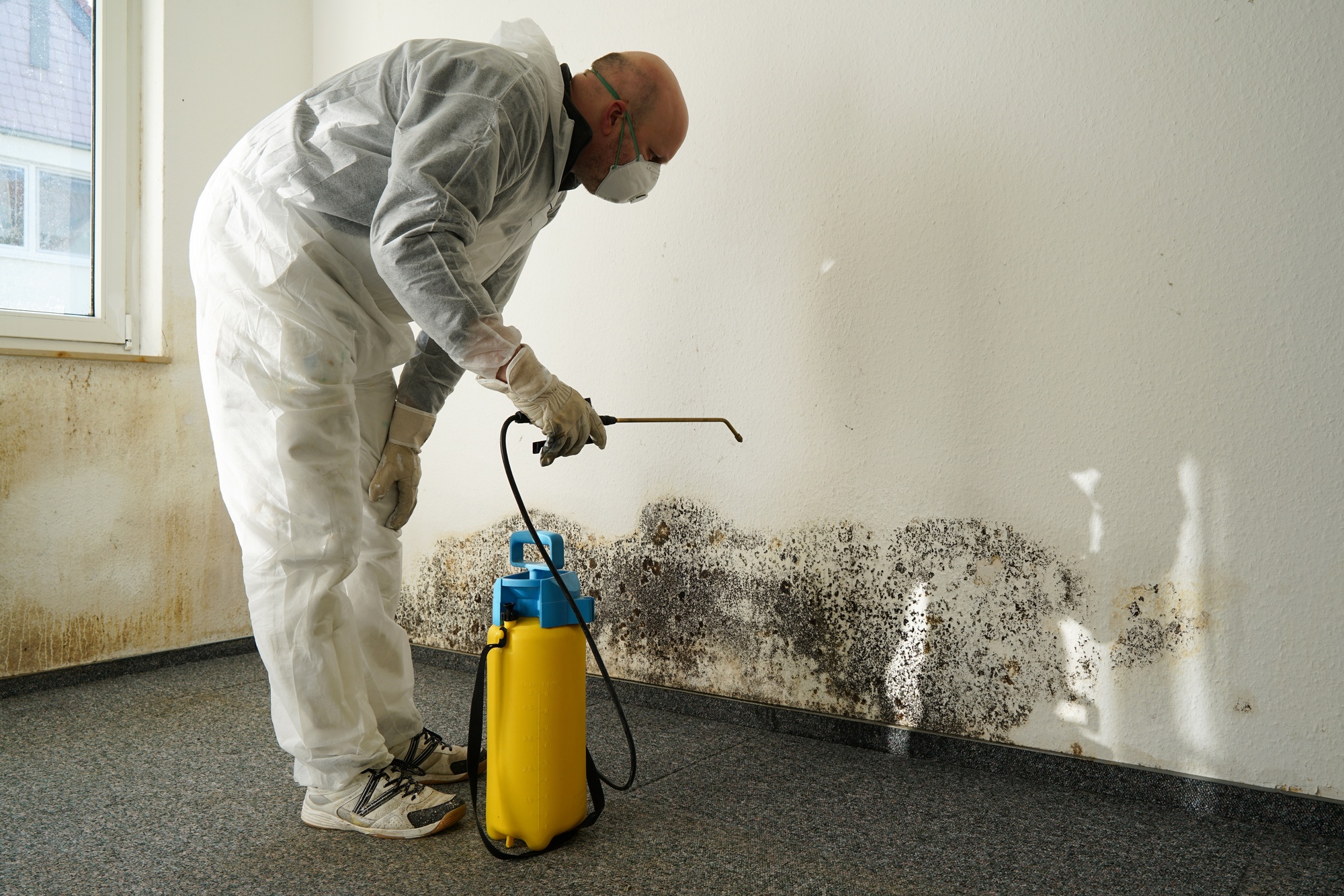Affordable Water Damage Repair Services for Every Homeowner in Need
The Process of Water Damages Clean-up: Ensuring Your Home Is Recovered Efficiently
Water damage can be a challenging obstacle for house owners, requiring a meticulous and organized cleaning procedure to bring back security and performance. Originally, a comprehensive assessment is vital to identify the extent of the damages and figure out the appropriate remediation actions. Following this, efficient water removal techniques play an essential role in mitigating additional injury. However, the nuances of drying out, sterilizing, and eventual restoration are similarly crucial and typically overlooked. Understanding these stages can make a significant distinction in the outcome of your home's restoration, triggering a closer check out what each step involves.
Analyzing the Damages
Upon uncovering water damages, the initial action is to completely evaluate the extent of the effect. This preliminary analysis is vital, as it helps establish the required steps for efficient cleaning and reconstruction. Begin by examining the affected locations, consisting of walls, ceilings, floors, and personal belongings, to recognize the resource of the water intrusion, whether from flooding, leakages, or condensation.
Recording the damage is important for both insurance claims and preparing remediation initiatives - damage restoration services. Usage photographs and created notes to record the seriousness of the damage, noting any kind of affected architectural aspects and materials. Pay unique focus to areas that might not be immediately noticeable, such as behind walls and under carpetings, as concealed moisture can cause further complications, consisting of mold development
Furthermore, assess the timeline of the water direct exposure. The longer the materials continue to be wet, the better the capacity for damages. Recognizing the duration of direct exposure will educate the seriousness of remediation initiatives. Inevitably, an extensive analysis lays the groundwork for a successful water damages cleanup procedure, guaranteeing that all affected areas are addressed successfully and completely.
Water Removal Techniques

Professionals generally utilize submersible pumps for bigger volumes of water, which can promptly alleviate flooding in basements or other influenced locations. For smaller amounts, wet/dry vacuum cleaners are commonly used to extract recurring wetness from rugs and hard surface areas. Furthermore, using mobile extractors enables targeted elimination in confined rooms or areas with delicate materials.
In instances of contaminated water, such as sewer or floodwater, progressed removal methods might entail making use of biohazard equipment to ensure safety and conformity with health and wellness guidelines. High-powered extraction devices are critical in minimizing water retention in architectural products, which can result in mold development and structural degeneration otherwise dealt with promptly.
Inevitably, the efficiency of water extraction techniques plays a crucial function in the total success of the water damages cleaning process, preparing for subsequent restoration initiatives.
Drying and Dehumidification
When standing water has been properly drawn out, the next important stage in the water damages cleaning process is drying out and dehumidification. This step is important to prevent more damage and mold and mildew growth, which can happen within 24 to 2 days in wet atmospheres.
To attain efficient drying out, specialized tools such as industrial-grade air movers and dehumidifiers is used. Air movers distribute air across wet surface areas, improving dissipation rates, while dehumidifiers reduce humidity degrees in the air, promoting a helpful atmosphere for drying out. The combination of these devices makes certain that wetness is attracted out from home furnishings, wall surfaces, and floors, allowing them to dry completely.
It is very important to monitor the drying procedure very closely. Professionals commonly make use of moisture meters to evaluate the wetness material in numerous products, ensuring that all impacted areas reach acceptable dryness degrees. This thorough method helps to avoid concealed moisture pockets that could bring about architectural damages or undesirable mold and mildew development.

Cleansing and Sterilizing
After the drying and dehumidification phase is complete, the next essential action in water damages cleaning is cleaning and sterilizing the impacted areas. This process is important to stop the growth of mold, germs, and various other virus that thrive in damp environments.
The cleansing stage typically involves removing any type of debris, dust, and pollutants from surface areas making use of specialized cleaning up agents. For hard surface areas, a combination of soap and water or business cleansing products is usually utilized. Soft materials, such as furniture and carpetings, might call for more substantial cleaning approaches, including heavy steam cleansing or deep extraction methods, to make certain thorough sanitation.

Sanitizing adheres to cleaning, utilizing EPA-approved disinfectants to get rid of hazardous bacteria. This step is important, specifically in areas that might have entered call with floodwaters or sewer, as these sources can position serious wellness risks.
In addition, it is very important to attend to any staying smells, which might require making use of odor neutralizers or sophisticated strategies like ozone treatment. Appropriate cleansing and sanitizing not only bring back the safety and hygiene of your home but likewise prepared for effective remediation and repair services in succeeding phases of the water damage cleanup procedure.
Reconstruction and Repairs

As soon as the evaluation is complete, restoration initiatives can begin. In addition, floor covering may call for similar focus, depending on the level of water direct exposure.
It is crucial to engage skilled reconstruction professionals throughout this procedure, as they have the knowledge to deal with intricate repair work successfully. They can aid reduce potential future issues, such as mold and mildew growth or architectural instability, hence guaranteeing a risk-free and habitable living environment. Ultimately, efficient reconstruction and repair services bring back the home's integrity and enhance its total value.
Conclusion
In conclusion, the procedure of water damages clean-up is important for restoring a home to its pre-damage condition. Each this content phase, from analyzing the damages to executing reliable water removal techniques, followed by extensive drying, sanitizing, and required water damage from shower repair work, plays an important duty in guaranteeing security and conformity with structure requirements. Reliable execution of these actions not only mitigates immediate damage but also boosts the long-lasting honesty and worth of the residential or commercial property.
Water damage can be a daunting challenge for homeowners, demanding a structured and meticulous cleaning process to restore safety and security and capability. Eventually, a thorough evaluation lays the groundwork for a successful water damages cleanup procedure, ensuring that all influenced areas are resolved properly and extensively.
Efficient water extraction methods are vital in mitigating damages and avoiding more problems complying with a water invasion occasion.In final thought, the procedure of water damage cleaning is crucial for bring back a home to its pre-damage condition. Each phase, from analyzing the damage to applying effective water extraction methods, adhered to by extensive drying out, disinfecting, and necessary repair work, plays a necessary duty in making certain safety and security and compliance with building standards.